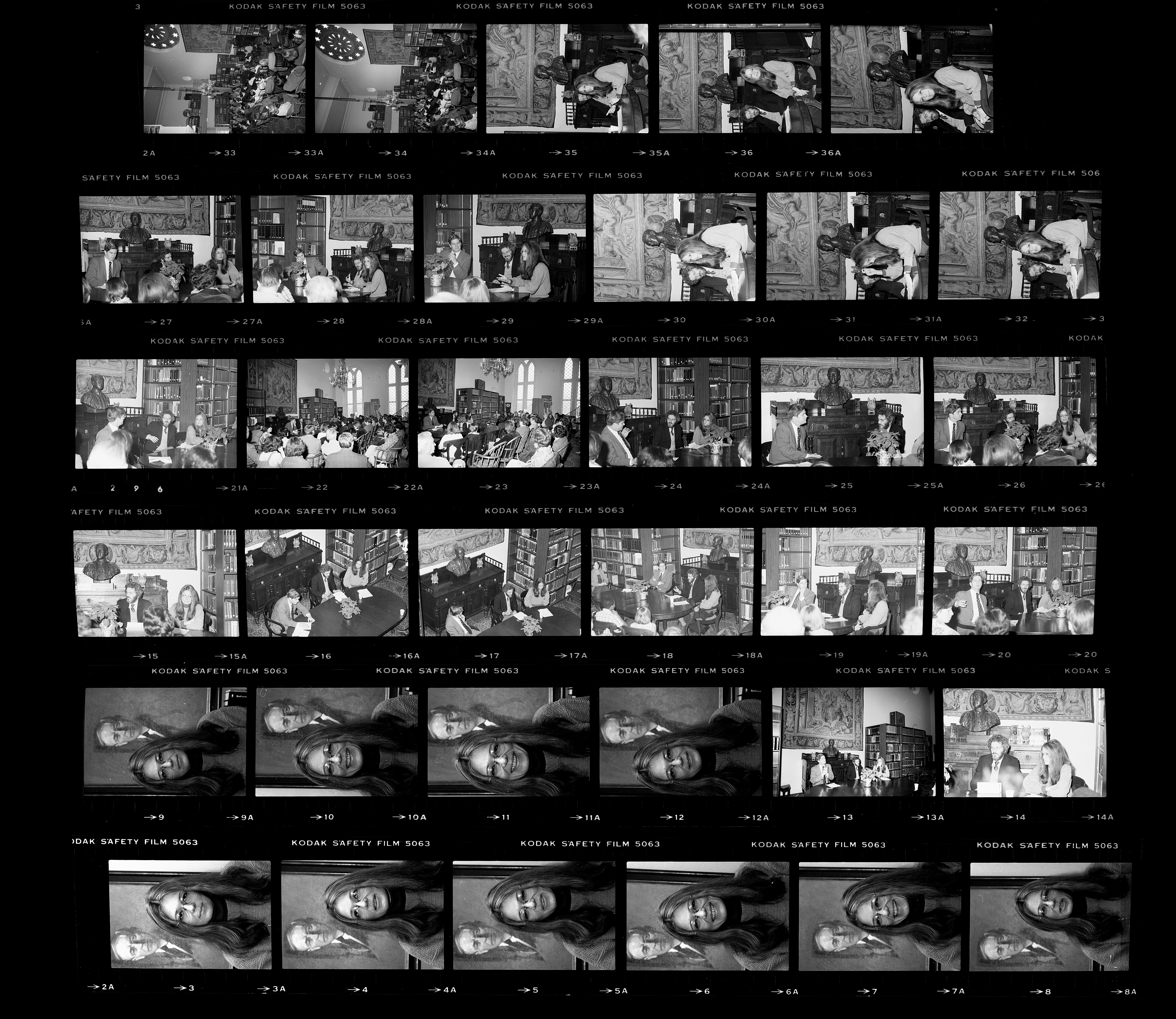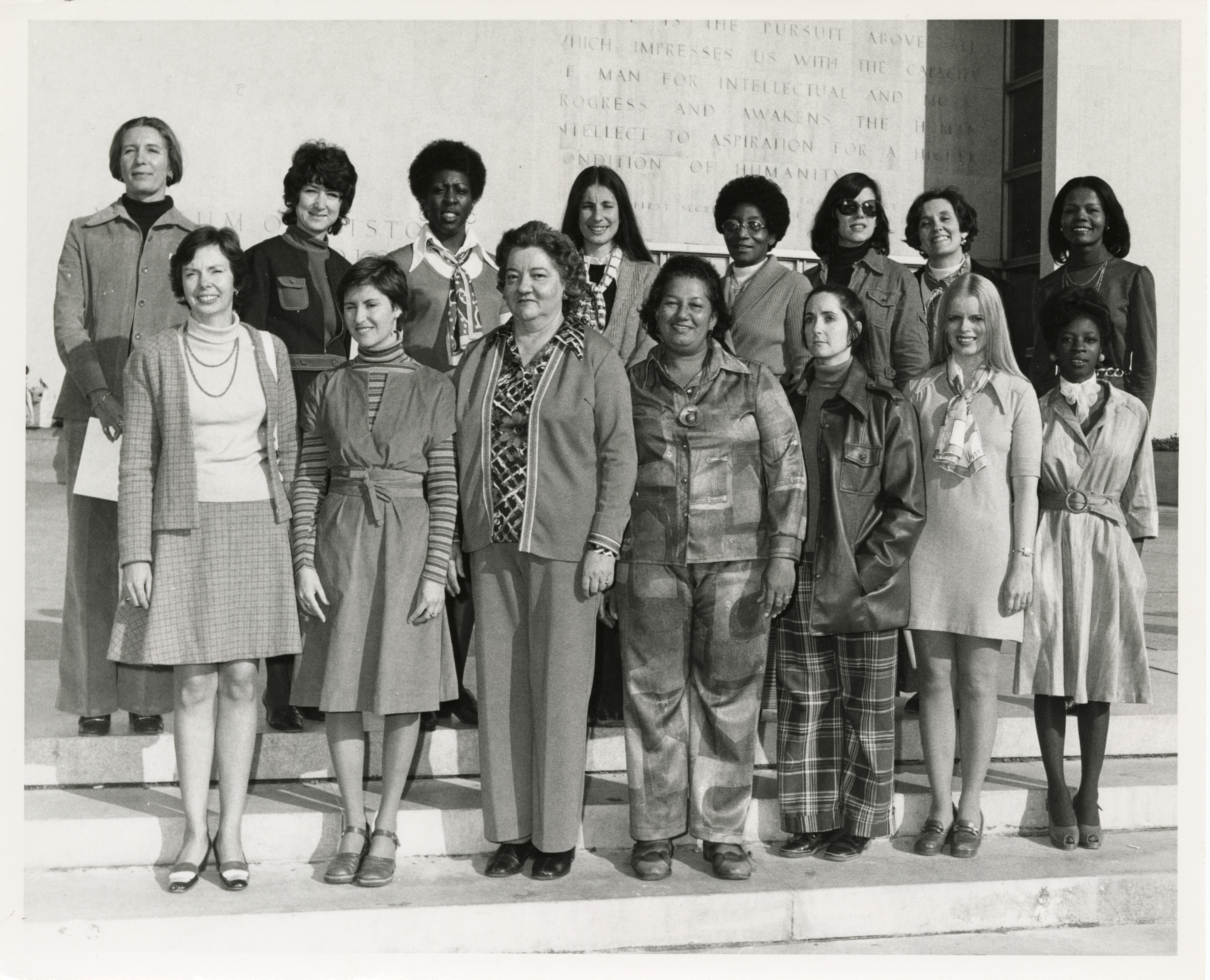Results for "National Inventors Council (U.S.)"

Science Service, Up Close: Patent Parades, Silk Purses, and Snake Bite Remedies
- Date: March 30, 2017
- Creator: Marcel Chotkowski LaFollette
- Description: Everyone loves a parade – especially one followed by a banquet. When scientists and politicians met in Washington, D.C., on November 23, 1936, to celebrate the centennial of the U.S. patent system, they listened first to a conventional program of speeches. Then, in the afternoon, Science Service director Watson Davis arranged something different: a “Research Parade” featuring

Wonderful Women Wednesday: Lillian Kozloski
- Date: August 24, 2022
- Creator: Emily Niekrasz
- Description: Each week, the Archives features a woman who has been a groundbreaker at the Smithsonian, past or present, in a series titled Wonderful Women Wednesday.

Science Service, Up Close: The Periodic Chart
- Date: January 3, 2017
- Creator: Marcel Chotkowski LaFollette
- Description: Henry David Hubbard (1870-1943), a physicist at the U.S. National Bureau of Standards, designed the first edition of the "Periodic Chart of the Atoms" in 1924. The chart is still in use today, continually updated to reflect new elements.

How Gloria Steinem Inspired Change at the Smithsonian
- Date: February 2, 2021
- Creator: Dr. Elizabeth Harmon
- Description: In December 1978, Gloria Steinem met with the Smithsonian Institution Women’s Council (SIWC) to advise the group on carrying out the work of change at the Smithsonian and to broaden members’ understanding of the women’s movement. As described by attendees, the conversation was “dynamite…great…wonderful.” One member expressed her surprise at finding Steinem so agreeable;

Science Service, Up Close: Elegant Transparency
- Date: May 26, 2016
- Creator: Marcel Chotkowski LaFollette
- Description: A slide show of photographs of laboratory interiors from the Science Service collection.
- Blog Post
Doris Holmes Blake and the Fight for Women’s Right to Paid Employment
- Date: May 3, 2021
- Creator: Dr. Elizabeth Harmon
- Description: How the marital status provision of the 1932 Economy Act impacted one Smithsonian scientist.
- Blog Post
William Stimpson and the Golden Age of American Natural History
- Date: July 17, 2018
- Description: Ron Vasile teaches AP U.S. History, U.S. History and Anthropology at Lockport Township High School in Lockport, Illinois.We bring to you the story of a dedicated naturalist turned museum pioneer.
- Blog Post
Science Service, Up Close: Charles Bittinger and the Worlds of Science and Art
- Date: December 6, 2016
- Creator: Marcel Chotkowski LaFollette
- Description: The work of painter Charles Bittinger, bridging the worlds of science and art.

Hot Topics in Archival Research
- Date: May 2, 2017
- Creator: Deborah Shapiro
- Description: We highlight a few topics explored this spring by researchers at the Archives.
- Blog Post
We Don't Know about You, But We’re Feeling (20)22
- Date: December 30, 2021
- Creator: Emily Niekrasz
- Description: Despite another year of telework and limited physical access to our collections, the Smithsonian Institution Archives has continued to serve our researchers and share more of our collections with the public.

Getting Your Due, Samuel Pierpont Langley
- Date: November 28, 2017
- Creator: Ricc Ferrante
- Description: It can be so frustrating to put great effort into something, and then to have your work and achievements called into question. I can't begin to imagine how frustrated Samuel Pierpont Langley was in 1903. By that time, he had spent over forty years studying astrophysics and aerodynamics. His work on astronomically-derived time measurement in the late 1860's is the heart of the

Gender Discrimination at the Smithsonian Institution
- Date: August 6, 2019
- Description: A complete history of the Smithsonian Institution includes stories of employment discrimination. Here is one woman who demanded change.
